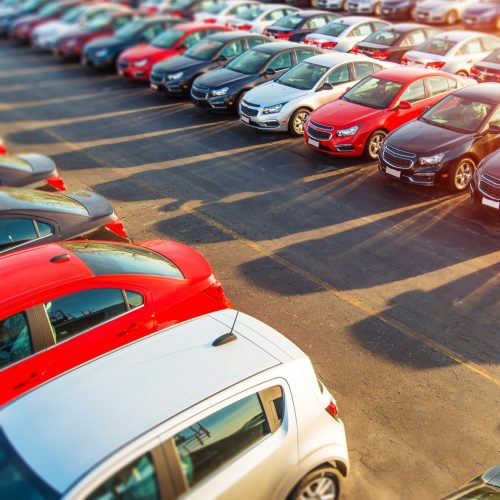Banking, finance, and taxes
What Default Rates on Subprime Auto Loans Are Telling Us

Published:
Last Updated:

About 17% of all U.S. consumers are likely to default on a loan payment over the next year, according to a recent report from UBS. More interesting, perhaps, is who these defaulters are.
The UBS Evidence Lab reports that the group’s profile is “middle and upper income, younger, male, urban, and concentrated in the coastal regions.” The UBS researchers also found evidence that defaults on auto loans are likely to spread to more nonprime defaults on credit cards and personal loans.
About 16% of all auto loans outstanding are subprime, amounting to $179 billion out of total auto loans of around $1.07 trillion. Overall subprime debt totals $1.25 trillion in mortgages, student loans and auto loans.
Subprime borrowers (i.e., those with a credit score below 600) have been on investors’ radar screens for at least a year. Now, however, there is evidence that near-prime and prime borrowers are also defaulting more. Some 23% of U.S. banks have forecast an increase in consumer loan delinquencies in 2017, the most in 10 years. And because the banks have been more selective in lending to prime borrowers, it is reasonable to conclude that if high-quality borrowers are about to default, the situation is likely to be worse for subprime borrowers.
The Federal Reserve’s January report on its survey of senior loan officers shows nearly 37% of large banks expect the quality of their credit card loans to deteriorate somewhat in 2017, and just over 38% expect auto loan quality to deteriorate.
In an earlier study, UBS suggested why default rates are likely to turn higher:
The root causes of the rise in delinquency rates can be traced back to rising US consumer income inequality and aggressive easing in lending conditions, primarily from non-bank lenders. In short, central bank reflation efforts have been more successful at fuelling wealth creation for a subset of the consumer and less effective in stimulating broader income growth. Structurally, we have perhaps already saturated credit demand from higher quality borrowers, such as the baby boomer generation. The onus will shift more to younger generations, but this is where our prior UBS Evidence Lab survey highlights the default risk lies.
Among the group profiled by UBS, 55% report income that barely covers or is below expenses, while only 17% report income that significantly covers expenses. That is the 17% most likely to default. However, because about a third of U.S. consumers report no debt, that 17% punches well above its weight, representing about 30% of all consumer debt outstanding.
Visit the UBS website to review the entire report.
The last few years made people forget how much banks and CD’s can pay. Meanwhile, interest rates have spiked and many can afford to pay you much more, but most are keeping yields low and hoping you won’t notice.
But there is good news. To win qualified customers, some accounts are paying almost 10x the national average! That’s an incredible way to keep your money safe and earn more at the same time. Our top pick for high yield savings accounts includes other benefits as well. You can earn up to 3.80% with a Checking & Savings Account today Sign up and get up to $300 with direct deposit. No account fees. FDIC Insured.
Click here to see how much more you could be earning on your savings today. It takes just a few minutes to open an account to make your money work for you.
Thank you for reading! Have some feedback for us?
Contact the 24/7 Wall St. editorial team.